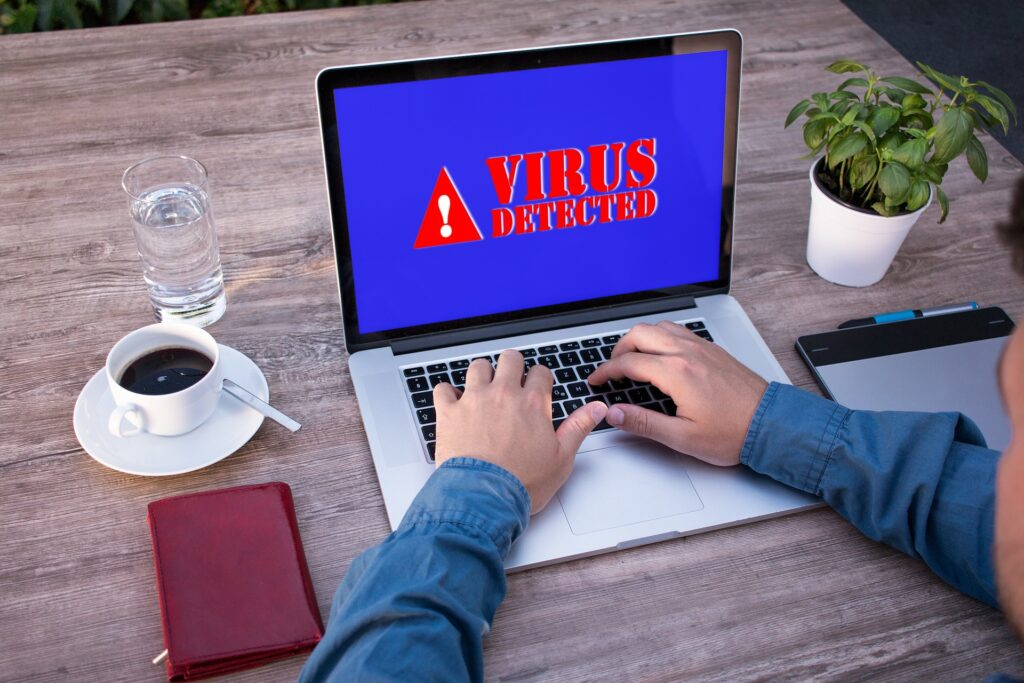
Key characteristics of phishing emails:
Phishing emails is a prevalent and dangerous form of cyberattack. They often appear to be from legitimate sources and aim to deceive recipients into providing sensitive information, such as passwords, credit card numbers, or personal data. Recognizing phishing emails is crucial to protecting yourself and your organization from fraud and identity theft. This guide provides practical tips on how to identify phishing emails and avoid falling victim to them.
Phishing emails often come from email addresses that mimic legitimate ones but contain slight variations, such as misspellings or additional characters (e.g., support@techterraaverse.com instead of support@techterraworld.com).
Be wary of emails from unfamiliar domains, especially if they claim to be from well-known companies or organizations.
Phishing emails often use generic greetings such as “Dear Customer” or “Dear User” rather than addressing you by name.
Legitimate companies usually have your information and will address you personally.
Phishing emails often create a sense of urgency, insisting that you must act immediately to avoid negative consequences, such as account suspension or legal action.
Scammers may use threatening language to intimidate you into complying with their requests.
Legitimate companies will never ask for sensitive information like passwords, Social Security numbers, or credit card details via email.
Be cautious of emails requesting you to verify your account information or update your details through a provided link.
Before clicking on any link, hover your mouse over it to see the actual URL. Phishing emails often use links that appear legitimate but lead to malicious websites.
Be wary of unexpected attachments, especially those with file extensions such as.exe,.zip, or.doc. These can contain malware.
Phishing emails often contain grammatical errors, awkward phrasing, and spelling mistakes, which are uncommon in professional communications from reputable companies.Look for inconsistencies in the email’s language and formatting.
Phishing emails may use company logos and branding, but these are often low-quality or outdated. Pay attention to inconsistencies in the email’s design, such as mismatched fonts, colors, or layouts.
Examples of Common Phishing Scams
Emails claiming that your account has been suspended or compromised and requesting you to click a link to resolve the issue. And you can reset your password by clicking on a provided link.
Emails with attached invoices for products or services you did not purchase urge you to review the attachment. you need to confirm a payment by providing your financial details. Notify you of a lottery win or prize that requires you to provide personal information to claim.And offering free gift cards or rewards in exchange for clicking on a link or filling out a form.
Steps to Avoid Falling Victim to Phishing Emails
If you receive a suspicious email, contact the company directly using a known, trusted contact method to verify the legitimacy of the email.
Avoid replying to the suspicious email, as this can confirm to scammers that your email address is active.
Do not click on any links or open attachments in suspicious emails. Instead, navigate to the company’s official website directly from your browser.
Utilize email security tools that can detect and block phishing attempts.
Enable MFA on your accounts to provide an additional layer of security, making it harder for attackers to gain access even if they obtain your login credentials.
Ensure that your operating system, browsers, and security software are up to date with the latest patches and updates.
Install and maintain reputable antivirus programs that can help detect and prevent phishing attacks.
Participate in and provide regular cybersecurity training programs to stay informed about the latest phishing tactics and prevention techniques.
Keep up with the latest cybersecurity news and updates to be aware of emerging threats.
Phishing emails pose a significant threat to individuals and organizations, but by being vigilant and informed, you can protect yourself from these scams. Recognizing the key characteristics of phishing emails and following best practices to avoid them will help safeguard your personal information and digital assets. Remember, when in doubt, it’s always better to verify the legitimacy of an email before taking any action.




I’m extremely inspired together with your writing talents
as well as with the format on your weblog. Is this a paid theme
or did you customize it yourself? Anyway keep
up the nice quality writing, it is rare to see a nice
weblog like this one nowadays. Stan Store!